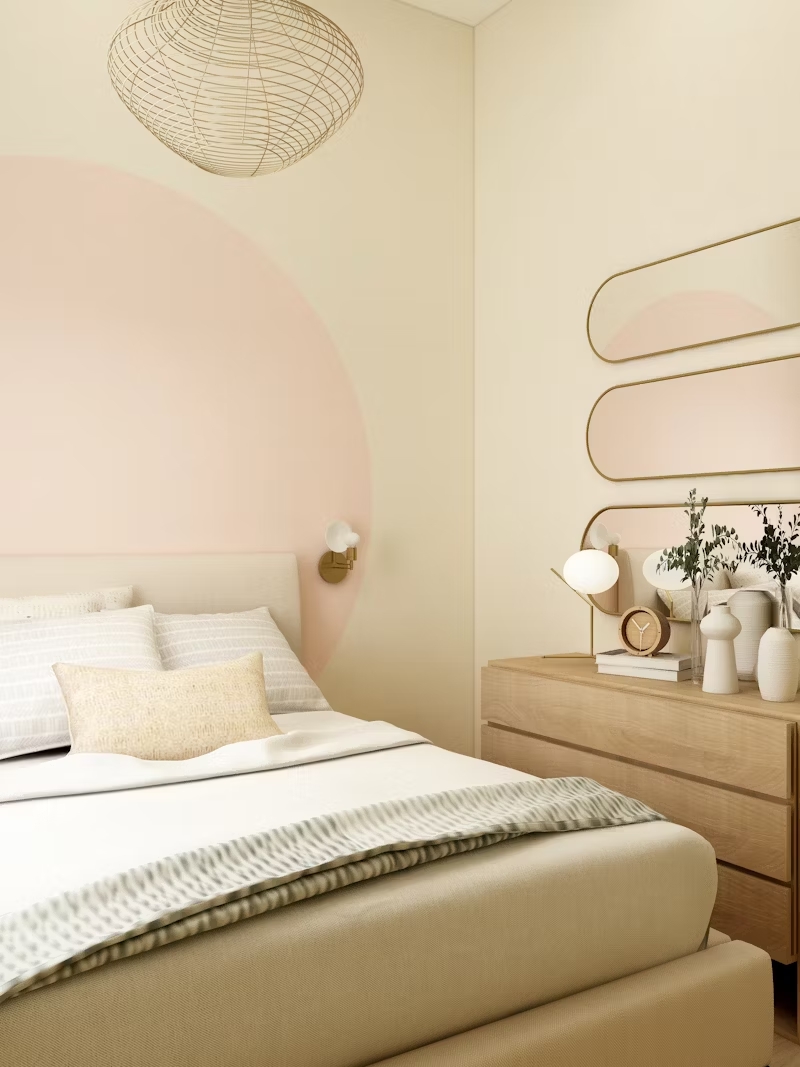Kids Bedroom Paint
Jason Moorhouse

Children Bedroom Paint
Have you ever found yourself needing to paint a child’s bedroom, but have no idea how to start? Painting a child’s bedroom can be a challenge, or unusually easy, depending on your design goal. Today, we will briefly discuss three common approaches to painting a child’s bedroom, and offer tips to help do it.
What Type of Paint Do I Use to Paint a Child’s Bedroom?
A child’s bedroom tends to represent the child. For example, a small boy might want racing stripes on the walls, while a young lady may prefer green walls covered with horses, or vice versa. So, the question we need to answer is which type of paint will we need?
It’s a good idea to have a good handle on the goal before starting the project. The myriad of options can be overwhelming and cause us to lose sight of the goal. There are so many available paint options in today’s modern construction world, we can easily get confused and make mistakes.
For example, some colors are much easier to apply than others, especially if the color will be changing from dark to light. Deep reds and greens are notoriously difficult to cover over, so for these colors you’ll want to completely seal and prime the walls first even if the new color is already dark. This creates a blank canvas and may prevent multiple coats of paint being needed, or bleed through.
You may also want to consider a specialty paint, such as blackboard paint or glow in the dark paint. Kids love anything cool, especially if they get to participate. Consider letting them help decorate their spaces using these fun, interactive paints. Creative parents use these and other novelty kid’s room paints to great effect, such as painting the alphabet on the ceiling using glow in the dark paint.
Kids Have Short Attention Spans
Children’s imaginations change over time, so it may be advantageous to start with a lighter color for a kid’s room at first. A child interested in astronomy may ask for a totally black ceiling with stars that glow in the dark on Tuesday, but prefer white, puffy clouds on Friday. There’s absolutely nothing wrong with customizing your home, but if you plan to sell the home in the future, it’s important to know that an odd feature will likely need to be covered up later.
This is not to say being creative with paint is a bad thing. It just may be helpful to know what you’re getting into, because it may be a lot of work needed to change it. Since dark colors cover up light colors, it might be smart to leave the night sky effect for a later time.
Paint Light Colors First
Speaking of dark over light, a very common color scheme in a child’s bedroom involves applying more than one color, or a light and dark version of the same color. If you are planning a two tone paint scheme, a smart idea is to paint the lighter color first, using painter’s tape or a paint guard as a guide. The painter’s tape or paint guard will ensure a straight line, and if the lighter color drips, the darker color will often cover it. This method also reduces detail work between the colors, because the lighter color will not require as much precision since the darker one will cover where the two colors meet.
Fall is a great time for outdoor projects like repainting your storage building or shed. If you have a shed or storage building looking the worse for wear, read on. Sheds can sometimes be a challenge to paint due to the condition, time constraints, and skill level. Today we will offer a few professional tips to make painting your shed easy, inexpensive, and satisfying.
